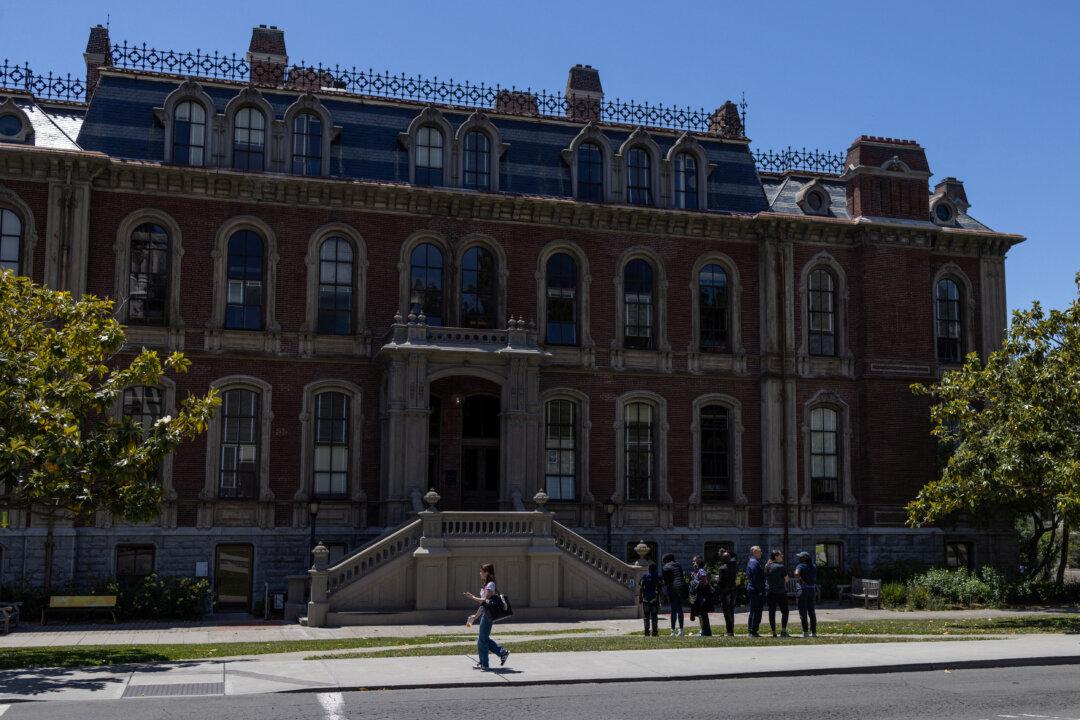A financial crisis is looming in rural school districts across the country that many people have never heard of, local officials say.
Communities in 700-plus counties and 41 U.S. states with federally protected forest lands are exempt from property taxes, a primary revenue source for local school districts.
Over the years, the U.S. timber industry faced declining revenues amid factors such as the digital age and subsequent efforts for paperless workplaces, the protection of threatened species, wildfires, and preservation measures in the interest of tourism.
In 2000, the Secure Rural Schools program replaced the revenue-sharing arrangement with intricate formulas to support the counties and their school districts, but according to officials, the amounts keep decreasing. And the federal money isn’t guaranteed long term.
The deadline to continue the Secure Rural Schools program in the 2025 federal budget is now approaching. In recent years, Congress funded the program in multi-year increments, although there was a lapse of funding in 2016.
“This affects us massively. This is a lifeline for rural America,” Jamie Green, superintendent for the Trinity Alps Unified School District in Weaverville, California, told The Epoch Times on Aug. 23. “All we want is just enough to run our schools.”
Trinity Alps received about $600,000 for the 2023–24 academic year, which amounts to about 5 percent of the current budget and is less than half of what it received 20 years ago before adjusting for inflation, according to Green.
He said that the district would have to lay off seven of its 100 full-time employees or levy a significant tax hike if the federal funding doesn’t come through.
The district serves 664 students in pre-kindergarten through 12th grade in an isolated, mountainous area an hour away from the nearest city, Redding. Green said it’s a great place for hunting, hiking, and fishing, but Trinity County is also the poorest of the Golden State’s 58 counties, and money is tight for most families.
Trinity County’s dying sawmill industry is sustained in part by Canadian lumber companies, because the fir, pine, and cedar trees for which the area is known aren’t being harvested on a large scale anymore, Green said.
He said he has made multiple trips to Washington in recent years to lobby for continued Secure Rural Schools funding, most recently in July ahead of the September deadline for the 2025 fiscal year budget. Green said many school leaders across the country can’t afford to lobby, so those who can get to the capital speak for all affected schools and treat this as a bipartisan issue.
“It’s exhausting,” he said. “We should have a program that funds schools for more than three years.”
Oregon led the nation in Secure Rural School funding last year with $50.67 million. Of that total, Lane County, which surrounds the Eugene metro area, received $8.23 million. Lane Education Service District Superintendent Tony Scurto told The Epoch Times on Aug. 26 that a funding loss or delay from that program would have minimal impact in districts because the state has an equalization formula that assures adequate funding for all schools.
Other notable state totals last year include California’s $35.75 million, Idaho’s $22.85 million, and Montana’s $14.20 million.
Lonnie Hunt, president of the volunteer-run National Forest Counties and Schools Coalition, said he visits Washington to lobby lawmakers once or twice a year. Legislators have proposed making Secure Rural Schools a permanent program, but those proposals rarely make it out of committee. Funding ends up getting approved when it’s attached to an appropriations bill for something not even remotely related to rural schools. The latest proposal is attached to the Republican version of the Farm Bill, Hunt said.
Hunt’s local school district is in Houston County, Texas, an area with pine forests along the Louisiana border and not actually near the city of Houston. Secure Rural Schools revenues there decreased from $937,734 in 2001 to $315,422 last year. He said school leaders and teachers across several states are nervous about layoffs after this school year because the status of the program for the 2025 fiscal year remains undetermined.
“It’s really kind of ridiculous that these rural communities have to sweat this out,” Hunt said. “This should be about Congress living up to a promise made over 100 years ago.”
“I am pleased to see such a strong vote for our rural counties. We need to work to increase forest management and bring back historic timber revenue, but, in the meantime, we have an obligation to these communities,” Risch said in the statement. “This committee vote is an important step, and Congress must continue to move to reauthorize SRS.”







